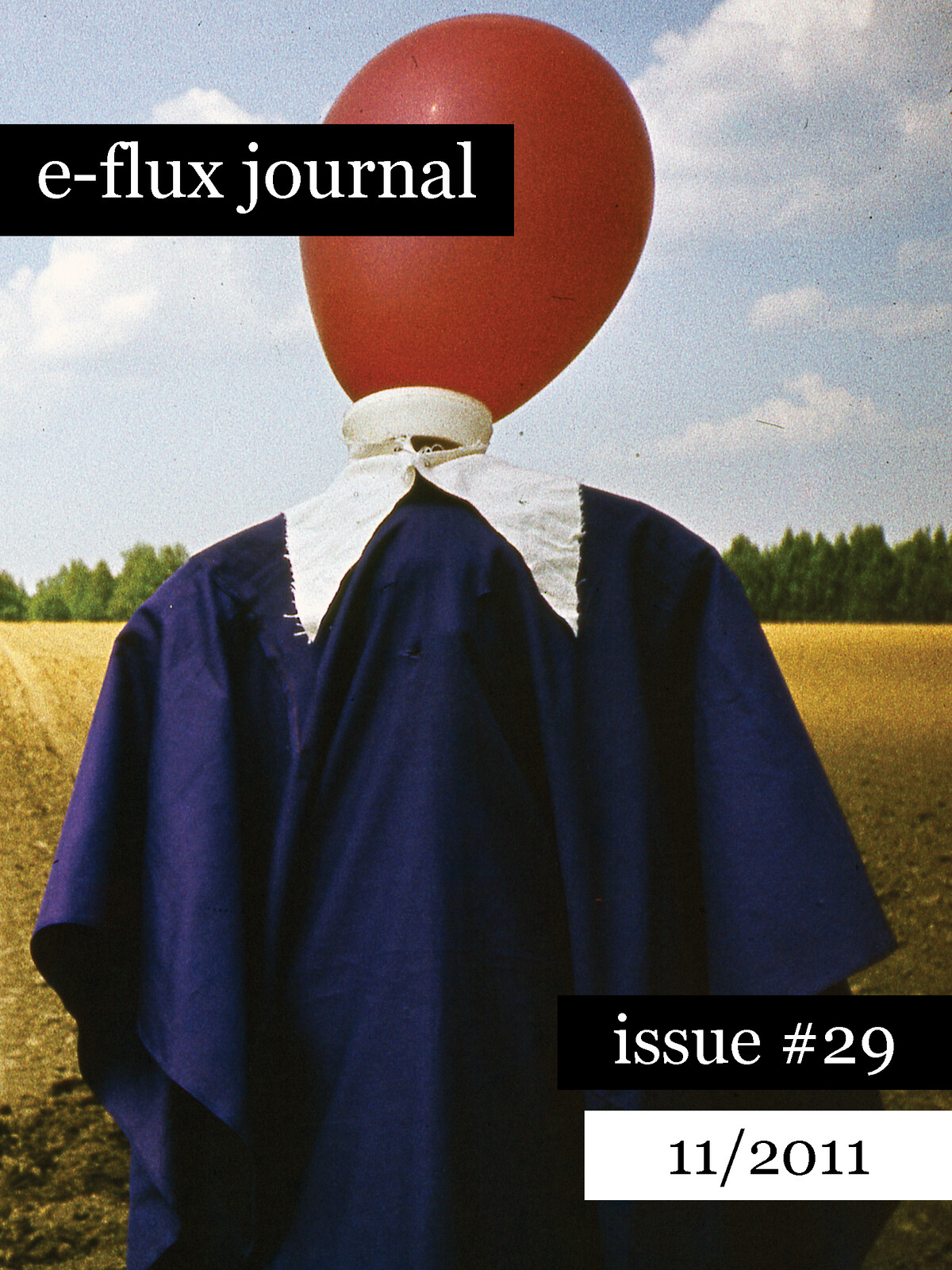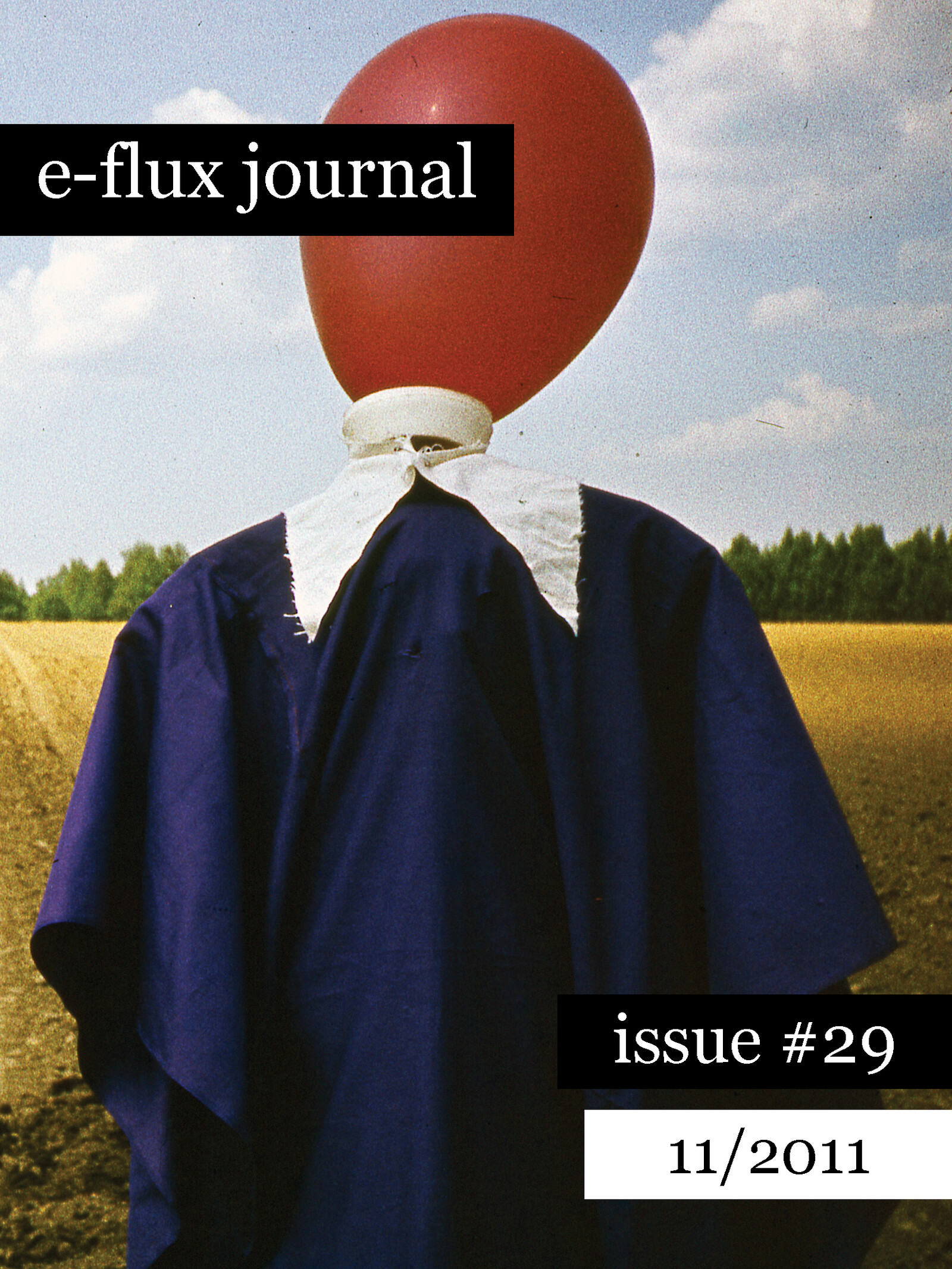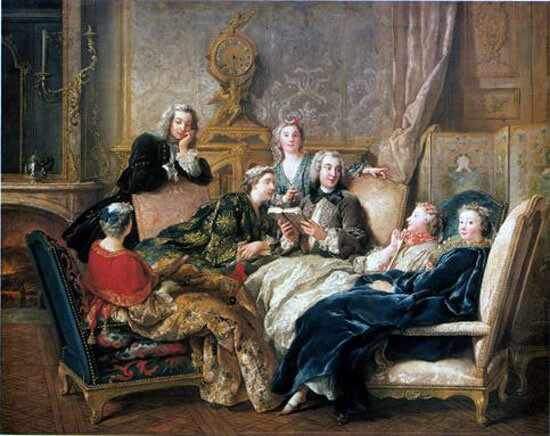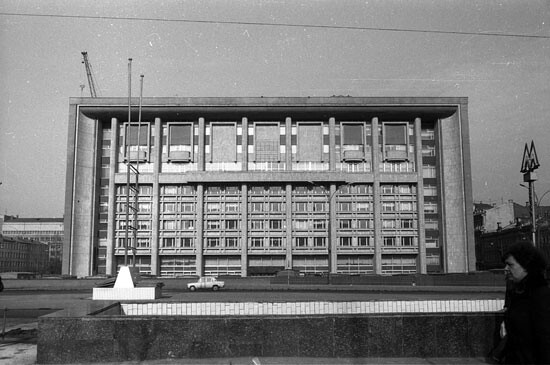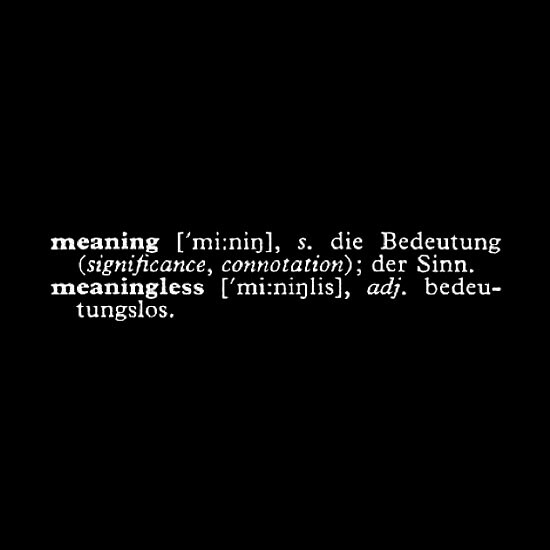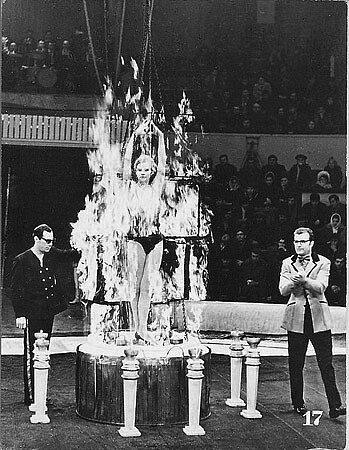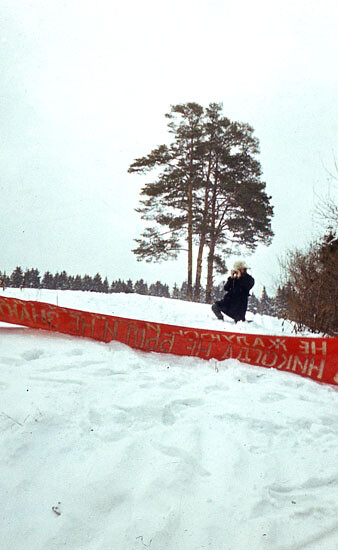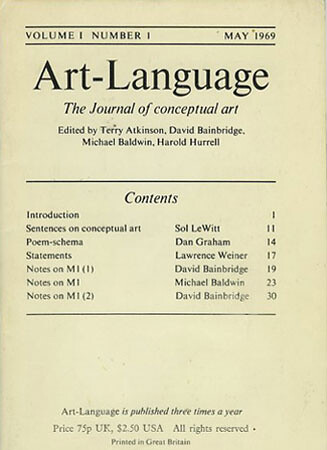By way of an introduction to this issue of e-flux journal , I would like to discuss the changes in our understanding and perception of art engendered by conceptual art practices of the 1960s and 1970s, focusing not on the history of conceptual art or individual works, but rather on the ways in which the legacy of these practices remains relevant for us today.
I would argue that from today’s perspective, the biggest change that conceptualism brought about is this: after conceptualism we…
Issue #29
November 2011
With:
Julieta Aranda, Brian Kuan Wood, Anton Vidokle, Boris Groys, Ekaterina Degot, Terry Smith, Keti Chukhrov, Sarah Wilson, Claire Bishop, and Jörg Heiser
This month in e-flux journal , we are pleased to present a special issue focusing on Moscow Conceptualism, guest-edited by Boris Groys in conjunction with an exhibition of the work of Andrei Monastyrski and Collective Actions, curated by Groys and on view at e-flux until January 6, 2012.
The essays in the issue take the works and activities of the Moscow Conceptualists—among whom Monastyrski was a central figure—as a departure point for interrogating not only the specific concerns of a…
View List
View Grid
9 Essays
November 2011
The artistic practices of the international neo-avant-gardes of the 1960s and ’70s are often understood through the notion of the rediscovery of the figure of the artist. Experimental art from that period included happenings, performances, and other body-related practices. One would expect such expressions of subjective freedom—to the extent they were legally permitted—from artists in the totalitarian Soviet Union. But while works of this kind did indeed exist (e.g., the performances of the…
Tactically, conceptualism is no doubt the strongest position of the three; for the tired nominalist can lapse into conceptualism and still allay his puritanic conscience with the reflection that he has not quite taken to eating lotus with the Platonists.
—Willard van Orman Quine 1
Philosophers often add “-ism” to a term in order to highlight a distinct approach to a fundamental question, that is, to name a philosophical doctrine. For example, when it comes to universals,…
Conceptual Artwork as an Index Machine
Moscow Conceptualism, when historicized in the Soviet frame, should be regarded as part of a broader nonconformist anti-Soviet culture. All of the Moscow conceptualist groups functioned as collective quasi-institutions, but were nevertheless hermetic organizations that produced ironic and critical deconstructions of the languages of Soviet bureaucracy and ideology. Unfortunately, this has encouraged foreign collectors and researchers (e.g.,…
I recently recalled the precise moment when it first occurred to me that I would like to become an artist. I grew up in Moscow, and my father was a self-taught musician working at the circus. Circus artists work extremely hard physically: the amount of daily practice and physical exercise necessary to perform acrobatic acts or walk a tightrope is really enormous. They practice and exercise all day and perform by night—it’s nearly a twenty-four-hour-a-day job.
There was a birthday party…
I do not complain about anything and everything pleases me despite the fact that I have never been here before and know nothing about these parts.
—Collective Actions slogan, January 26, 1977, Leningradskaia railroad, Frinsaovka station 1
In 2005–6, I experienced a coup de foudre —a lightning blast of admiration—when I discovered Collective Actions and their performances in the snow. Later I attended Boris Groys’s talk at his Total Enlightenment exhibition in…
The rise of participatory art since the 1990s invites us to constitute a history of this practice, ideally one that reflects the global spread of this work today. 1 In charting this history, important variants appear that challenge the dominant way of thinking about participatory art in Western Europe and North America, where this work tends to be positioned as a political, constructive, and oppositional response to the spectacle’s atomization of social relations. By contrast, the…
“The general tenor of emotional life in Moscow, thus forming a lyrical and romantic blend, still stands opposed to the dryness of officialdom,” wrote Boris Groys in his 1979 essay “Moscow Romantic Conceptualism,” delineating the state of contemporary artistic practice in the Soviet state. In the essay, Groys discusses the work of Lev Rubinstein, Ivan Chuikow, Francisco Infante, and the artist group Collective Actions ( Kollektivnye deistviya ). Founded in 1976 by Andrei Monastyrski, Georgii…
